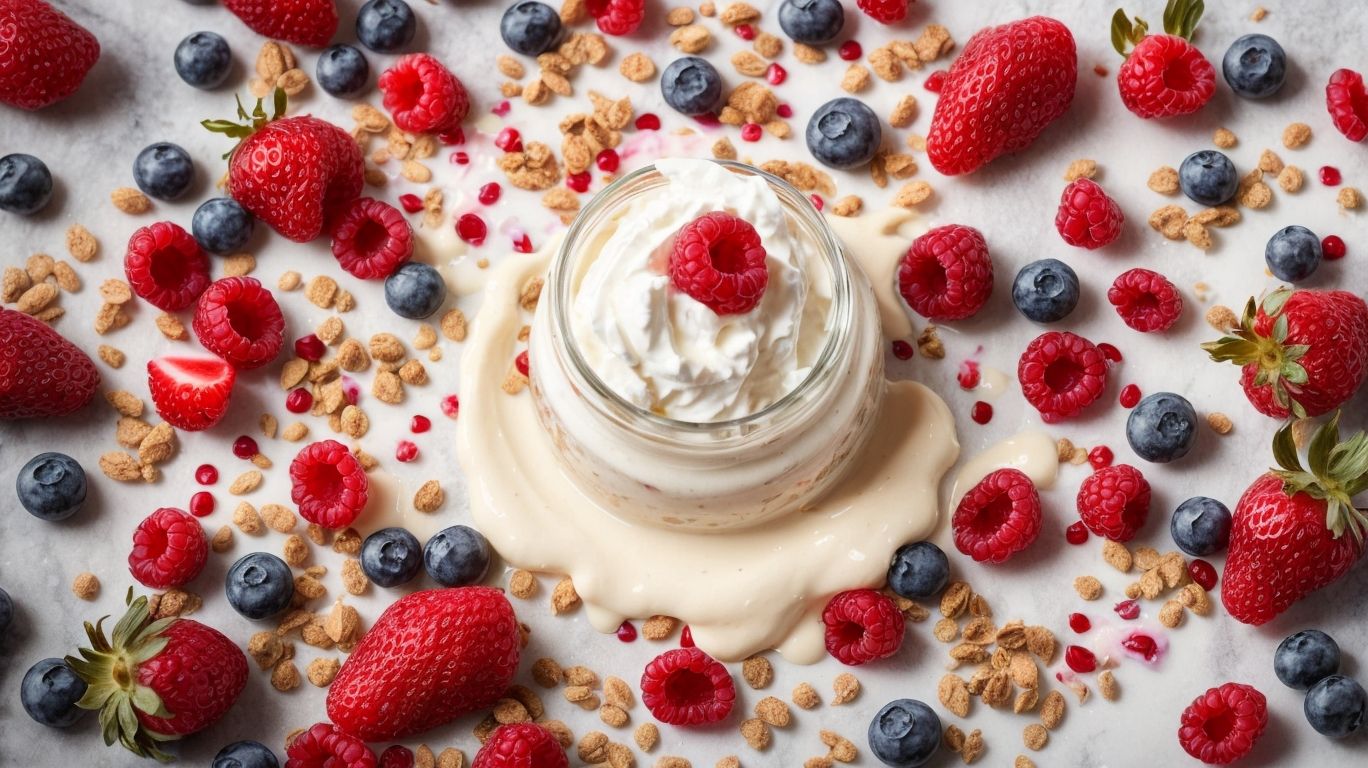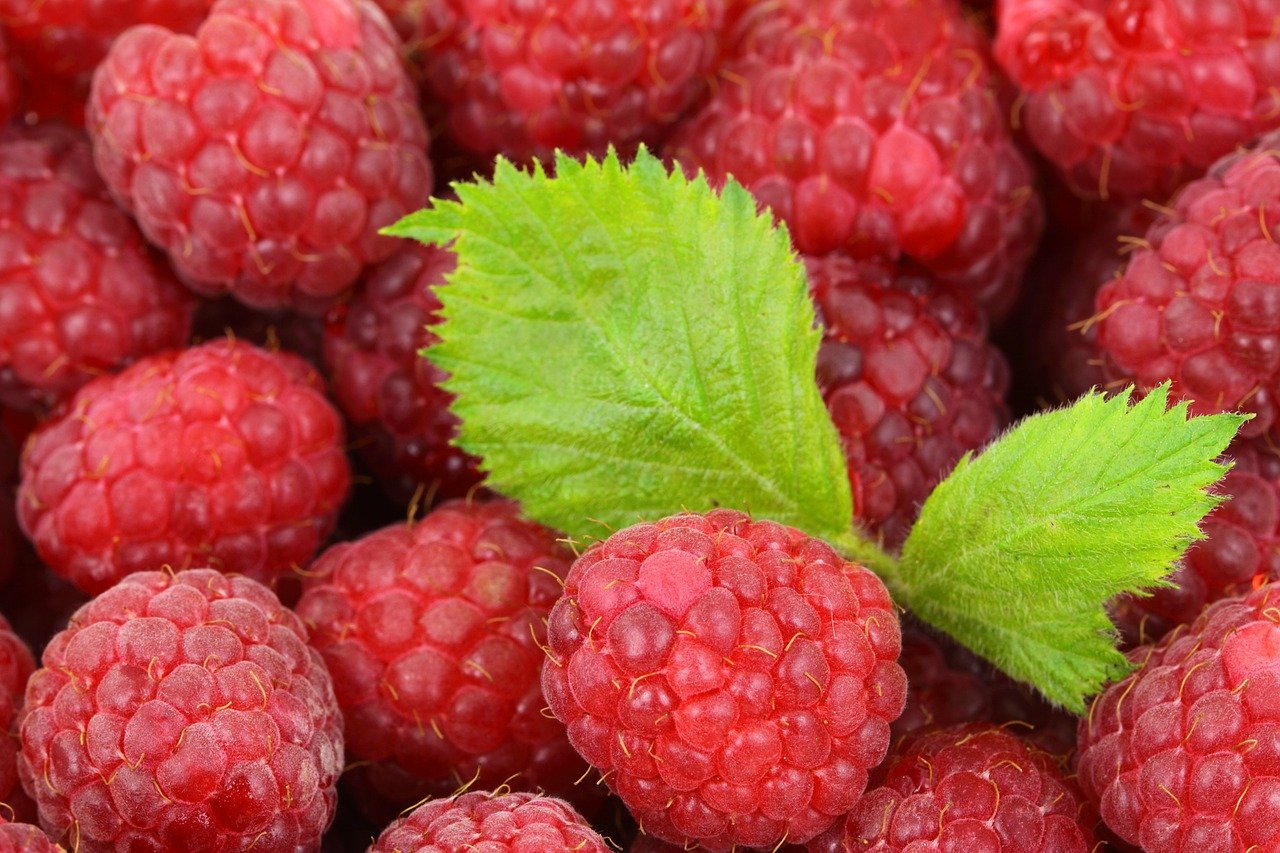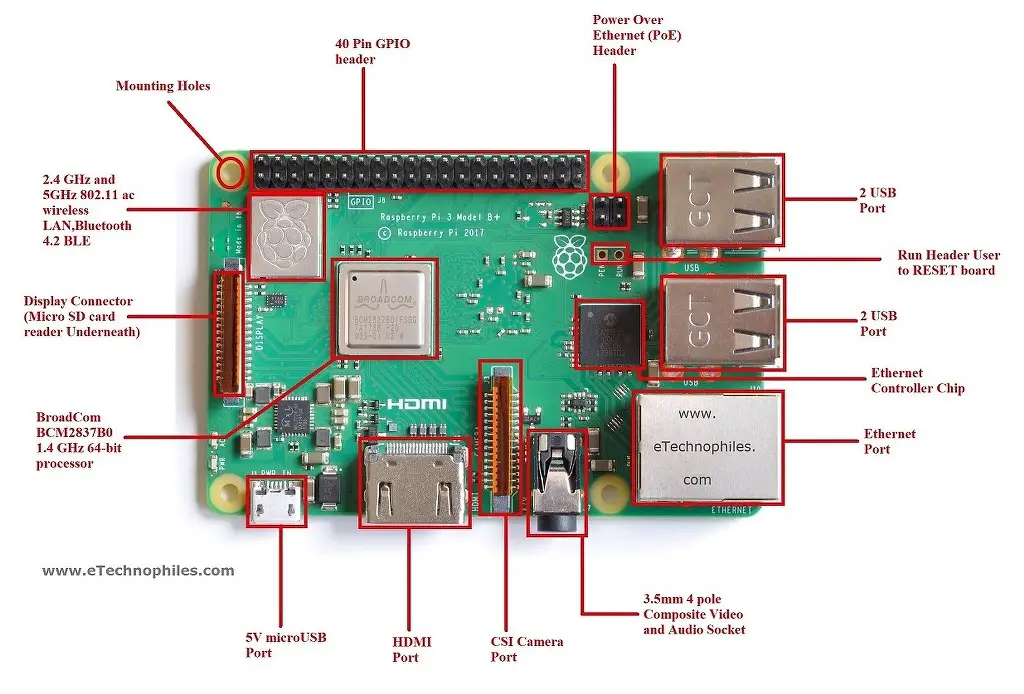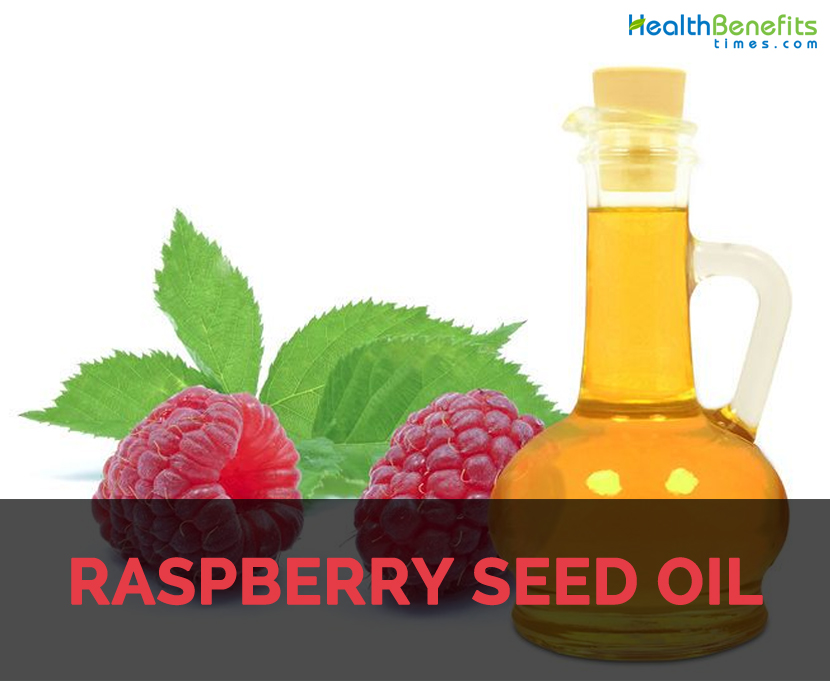What Are Raspberry Seeds and Why Are They Important?
Raspberry seeds are the small, edible seeds found inside raspberries, a type of aggregate fruit. These tiny seeds play a crucial role in the fruit’s development and have potential uses that make them worth exploring. But what do raspberry seeds look like? Understanding their physical characteristics is essential to appreciating their unique features. In this comprehensive guide, we will delve into the world of raspberry seeds, covering their importance, varieties, anatomy, harvesting, germination, and nutritional value.
Raspberry seeds are a vital part of the fruit’s reproductive cycle. They contain the embryo of a new plant, which can grow into a new raspberry bush when conditions are right. The seeds are also rich in nutrients, including antioxidants, fiber, and essential fatty acids, making them a valuable addition to a healthy diet. Whether you’re a gardener, a foodie, or simply curious about the natural world, understanding raspberry seeds can enrich your appreciation for these delicious fruits.
As we explore the fascinating world of raspberry seeds, we’ll examine their physical characteristics, including size, shape, color, and texture. We’ll also discuss the different types of raspberry seeds, including summer-bearing and fall-bearing varieties, and explain how they differ from one another. By the end of this article, you’ll have a deeper understanding of what raspberry seeds look like and why they’re worth learning more about.
How to Identify Raspberry Seeds: A Visual Guide
So, what do raspberry seeds look like? Identifying raspberry seeds can be a fascinating experience, especially for those who are new to the world of botany. Raspberry seeds are small, typically around 2-3 millimeters in length, and have a distinctive shape. They are usually brown or tan in color, with a smooth, glossy texture. The seeds are also relatively flat, with a slight curvature to them.
One of the most distinctive features of raspberry seeds is their shape. They are typically oval or elliptical in shape, with a pointed end and a rounded end. The pointed end is usually where the seed attaches to the fruit, while the rounded end is where the seed coat is thicker. The seed coat is the outer layer of the seed, and it provides protection to the delicate embryo inside.
In addition to their shape and size, raspberry seeds also have a unique color pattern. The seeds are usually a uniform brown or tan color, but some varieties may have a slightly lighter or darker color. The color pattern can also vary depending on the ripeness of the fruit, with seeds from riper fruit tend to be darker in color.
When trying to identify raspberry seeds, it’s also important to look at their texture. The seeds are usually smooth and glossy, but some varieties may have a slightly rougher texture. The texture can also vary depending on the moisture content of the seed, with seeds that are high in moisture tend to be softer and more pliable.
By examining the shape, size, color, and texture of raspberry seeds, you can gain a better understanding of what they look like and how to identify them. Whether you’re a gardener, a foodie, or simply curious about the natural world, learning to identify raspberry seeds can be a fun and rewarding experience.
Raspberry Seed Varieties: Differences and Similarities
Raspberry seeds come in different varieties, each with its unique characteristics. The two main types of raspberry seeds are summer-bearing and fall-bearing varieties. Summer-bearing varieties produce seeds that are typically larger and more elongated than fall-bearing varieties. These seeds are also often darker in color and have a more pronounced texture.
Fall-bearing varieties, on the other hand, produce seeds that are smaller and more rounded. These seeds are often lighter in color and have a smoother texture. Despite these differences, both summer-bearing and fall-bearing varieties can produce high-quality seeds that are suitable for planting.
Another key difference between summer-bearing and fall-bearing varieties is the timing of seed production. Summer-bearing varieties typically produce seeds in the summer months, while fall-bearing varieties produce seeds in the fall. This difference in timing can affect the quality and viability of the seeds, as well as the best time to harvest them.
In addition to summer-bearing and fall-bearing varieties, there are also other types of raspberry seeds, such as primocane-fruiting and floricane-fruiting varieties. Primocane-fruiting varieties produce seeds on the first year’s growth, while floricane-fruiting varieties produce seeds on the second year’s growth. These differences in seed production can affect the yield and quality of the seeds.
Understanding the different types of raspberry seeds and their unique characteristics can help gardeners and growers make informed decisions about which varieties to plant and how to care for them. By recognizing the differences and similarities between summer-bearing and fall-bearing varieties, as well as other types of raspberry seeds, growers can optimize their seed production and improve the quality of their crops.
The Anatomy of a Raspberry Seed: Understanding Its Structure
So, what do raspberry seeds look like on the inside? To understand the anatomy of a raspberry seed, it’s essential to explore its internal structure. A raspberry seed consists of three main components: the embryo, endosperm, and seed coat.
The embryo is the tiny, undeveloped plant inside the seed. It’s the part of the seed that will grow into a new raspberry plant when conditions are right. The embryo is made up of two main parts: the radicle and the cotyledon. The radicle is the primary root of the plant, while the cotyledon is the first leaf.
The endosperm is the starchy, nutrient-rich tissue that surrounds the embryo. It provides the embryo with the necessary nutrients and energy to grow and develop. The endosperm is made up of a combination of carbohydrates, proteins, and oils.
The seed coat is the outer layer of the seed, which protects the embryo and endosperm from damage. It’s a hard, impermeable layer that helps to prevent water and oxygen from entering the seed. The seed coat is also responsible for regulating the seed’s water content and preventing excessive moisture from entering the seed.
Understanding the anatomy of a raspberry seed can help gardeners and growers appreciate the complexity and beauty of these tiny structures. By recognizing the different components of a raspberry seed, growers can better understand how to care for their seeds and optimize their chances of successful germination.
Whether you’re a seasoned gardener or just starting to explore the world of raspberry seeds, understanding the anatomy of a raspberry seed can be a fascinating and rewarding experience. By delving into the internal structure of these tiny seeds, you can gain a deeper appreciation for the natural world and the incredible diversity of plant life.
How to Harvest and Store Raspberry Seeds for Planting
Harvesting and storing raspberry seeds requires careful attention to detail to ensure their viability. To harvest seeds from fresh raspberries, gently crush the fruit in a bowl to release the seeds. Then, rinse the seeds with water to remove any remaining fruit pulp.
For frozen raspberries, simply thaw the fruit and follow the same process as for fresh raspberries. Once the seeds are harvested, it’s essential to dry them thoroughly to prevent mold and bacterial growth.
To dry the seeds, spread them out in a single layer on a paper towel or clean cloth. Allow the seeds to air dry for several days, or until they are completely dry and free of moisture.
Once the seeds are dry, store them in an airtight container, such as a glass jar or envelope. Be sure to label the container with the date and type of seed. Store the seeds in a cool, dark place, such as a cupboard or drawer.
It’s also essential to maintain the seeds’ viability by storing them in a low-humidity environment. A humidity level of 50% or lower is ideal for storing raspberry seeds.
When storing raspberry seeds, it’s also important to consider the temperature. A consistent temperature between 32°F and 50°F (0°C and 10°C) is ideal for storing seeds.
By following these steps, you can successfully harvest and store raspberry seeds for planting. Remember to always handle the seeds with care, as they can be delicate and prone to damage.
Raspberry Seed Germination: Tips and Tricks for Success
Germinating raspberry seeds can be a challenging but rewarding process. To increase the chances of successful germination, it’s essential to provide the seeds with the right conditions. The ideal temperature for germinating raspberry seeds is between 70°F and 80°F (21°C and 27°C).
Light is also an essential factor in germinating raspberry seeds. Seeds should be placed in a location with indirect light, such as a sunny windowsill or under grow lights. Direct sunlight can be too intense and may inhibit germination.
Moisture is another critical factor in germinating raspberry seeds. The soil should be kept consistently moist but not waterlogged. A good rule of thumb is to water the seeds when the top inch of soil feels dry to the touch.
In addition to temperature, light, and moisture, it’s also essential to provide the seeds with a suitable growing medium. A well-draining seed starting mix is ideal for germinating raspberry seeds.
One common challenge when germinating raspberry seeds is low germination rates. To overcome this, it’s essential to use fresh seeds and provide optimal growing conditions. It’s also crucial to handle the seeds gently and avoid damaging them during the germination process.
Another challenge is fungal diseases, which can infect the seeds and prevent germination. To prevent fungal diseases, it’s essential to use a fungicide and maintain good hygiene practices when handling the seeds.
By following these tips and tricks, you can increase the chances of successful germination and grow healthy raspberry plants from seed.
https://www.youtube.com/watch?v=uvb0oX7lnOk
Raspberry Seed Nutrition: Unlocking Their Health Benefits
Raspberry seeds are a nutrient-rich food that offers a range of health benefits when consumed. One of the key nutritional benefits of raspberry seeds is their high content of antioxidants. Antioxidants are compounds that help to protect the body from damage caused by free radicals, which are unstable molecules that can cause cell damage and contribute to the development of chronic diseases.
Raspberry seeds are also a good source of dietary fiber, which can help to promote digestive health and support healthy blood sugar levels. The fiber in raspberry seeds can also help to support healthy cholesterol levels and reduce the risk of heart disease.
In addition to antioxidants and fiber, raspberry seeds are also a rich source of essential fatty acids, including omega-3 and omega-6 fatty acids. These fatty acids are important for heart health and can help to reduce inflammation in the body.
Raspberry seeds have also been shown to have anti-inflammatory properties, which can help to reduce the risk of chronic diseases such as arthritis and other inflammatory conditions. The seeds have also been shown to have antimicrobial properties, which can help to support immune function and reduce the risk of illness.
Overall, raspberry seeds are a nutritious food that offers a range of health benefits when consumed. They are a good source of antioxidants, fiber, and essential fatty acids, and have anti-inflammatory and antimicrobial properties. Adding raspberry seeds to your diet can be a great way to support overall health and well-being.
Conclusion: The Fascinating World of Raspberry Seeds
Raspberry seeds are a fascinating and complex topic, and understanding their unique characteristics and uses can be incredibly rewarding. From their role in the fruit’s development to their potential uses in cooking and health, raspberry seeds are a valuable resource that deserves to be explored and appreciated.
Throughout this article, we have delved into the world of raspberry seeds, exploring their physical characteristics, varieties, anatomy, harvesting and storage, germination, and nutritional value. We have also discussed the potential health benefits of consuming raspberry seeds and the importance of understanding their unique characteristics.
As we conclude this comprehensive guide to raspberry seeds, we encourage readers to continue exploring the fascinating world of raspberry seeds. Whether you are a gardener, a cook, or simply a curious individual, there is always more to learn and discover about these incredible seeds.
By understanding and appreciating the unique characteristics of raspberry seeds, we can unlock their full potential and enjoy the many benefits they have to offer. So, take a closer look at the raspberry seeds in your fruit bowl or garden, and discover the fascinating world that lies within.








